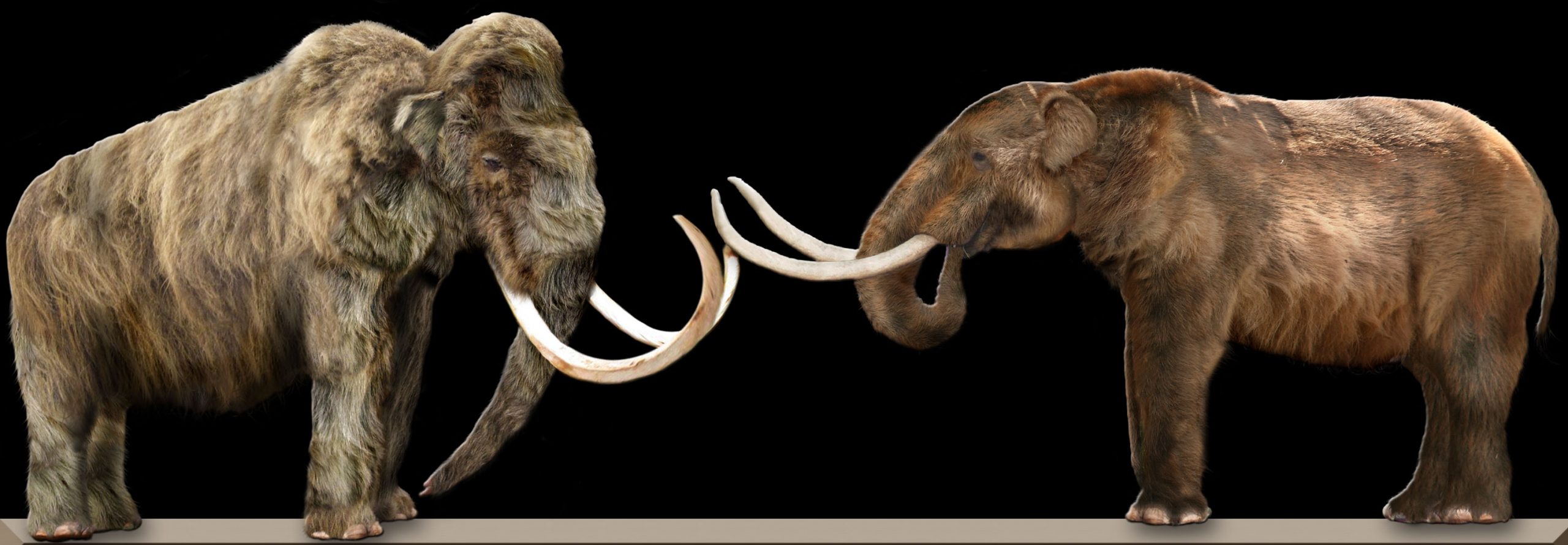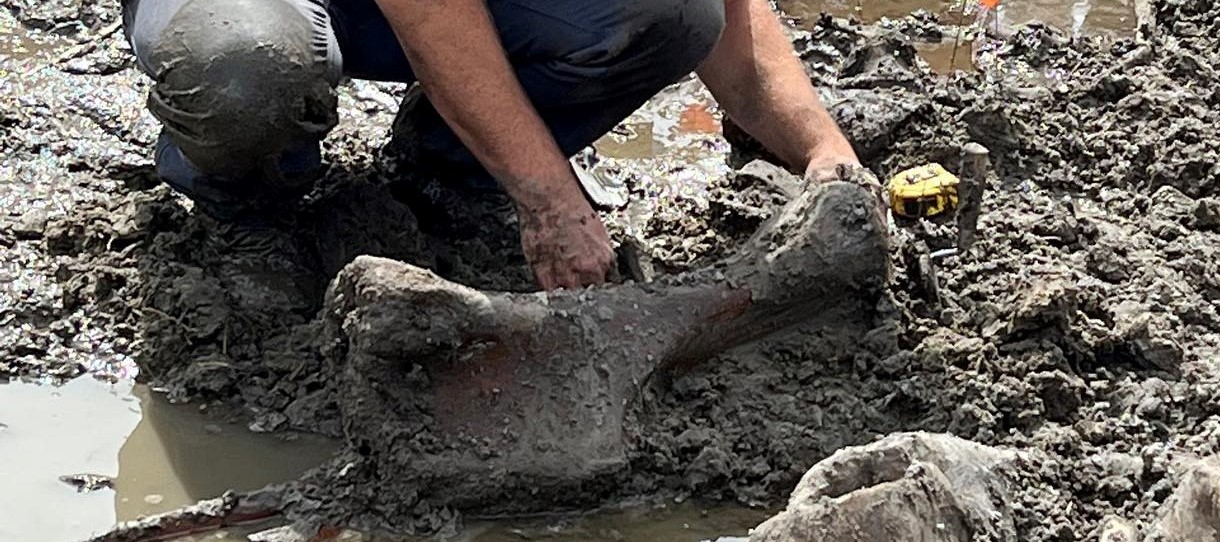The crew were excavating road near Kent City at around 1:45pm on a Thursday afternoon when they came across something in the ground.
It turned out to be a large, red-coloured bone which immediately was thought to be a dinosaur bone by the workers, but palaeontologists were quick to the scene and identified it as belonging to a mastodon.
According to Kent County Drain Commissioner Ken Yonker, researchers told him that a full skeleton could potentially be retrieved with Mr Yonker describing the experience as exciting.
“You go out there to put a pipe in the ground and you find this. To find a mastodon, that just blew us away,” he said.
“That was just really cool.”
Experts say that the mastodon was aged between 12 and 20 when it died and have so far filled over 108 bags with bones but according to Scott Beld from the University of Michigan, not everything has been uncovered.
“We got a lot of vertebrae, a lot of ribs. We got most of the leg bones. We got a lot of foot bones,” he said.

These animals lived around 10,000 to 12,000 years ago in the Pleistocene era, roaming around the lands of what we know in modern history as North and Central America.
Mastodons were part of the mammut family which also included the woolly mammoth, ancestors of the modern-day African savanna elephant.
Experts believe their demise was attributed to several factors including climate change and being hunted by the Paleo-Indians- the first people who inhabited the Americas around 9500 BC.
According to the San Diego Natural Museum, mastodons were anywhere from 2m-3m tall and weighed about six tonnes and comparatively smaller than their mammoth counterparts.






